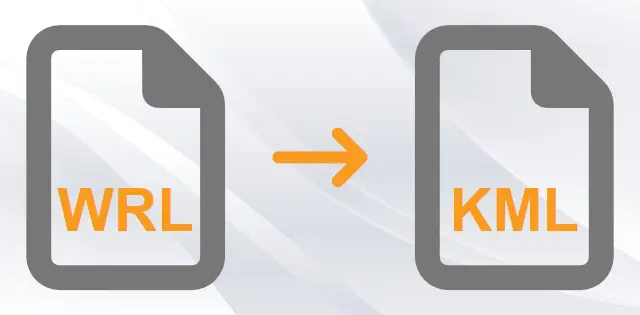
VRML to KML Conversion
We present a list of valuable resources, featuring comprehensive guides and expert tips for converting VRML files to KML format using our converters. Browse them now for an effortless VRML files conversion later.
- Automesher and Automapki Applications Support ZWCAD 2024
- Import and Export of Map Files in AutoCAD
- 3D Modeling Capabilities in Georeferenced KML and KMZ Files
- Import KML Google Earth Map into DWG AutoCAD
- KML and KMZ Files in AutoCAD DWG Drawings
- Export KML Google Earth Map from DWG AutoCAD
VRML vs. KML Comparison
| Property | VRML | KML |
|---|---|---|
| Extensions | .wrl, .vrml | .kml |
| Name | Virtual Reality Modeling Language | Keyhole Markup Language |
| Versions | ||
| Textures | ||
| Colors | ||
| Geometry components |
Virtual Reality Modeling File
A standard for creating 3D interactive web content and rendering it in a web browser. It has the following features:
- ASCII Format: The format is text-based and uses a WWW-oriented syntax. It can store 3D objects and their attributes, such as light sources, materials, textures, and world transformations. These attributes are essential for rendering the 3D scene in a web browser.
- X3D Successor: The format was developed in the 1990s and became an ISO standard in 1997. It was later superseded by X3D, which is an XML-based format that supports VRML features and provides several extensions. X3D is also an ISO standard and the current state-of-the-art for 3D web content.
- VRML Converters: Autoconverter and Automesher Application allow you to import and export VRML files, and convert them into various other file formats. You can use our products to work with VRML files outside of the web browser and integrate them with other 3D applications. However, please note that material textures are only processed for IndexedFaceSet shape geometries.
Keyhole Markup Language File
A file format that enables you to store and share geographical data with Google Earth and Google Earth Pro. Some of the benefits and features of KML files are:
- XML Format: KML files use XML to store point, line string, polygon, and Collada DAE model geometry, which can be easily edited and customized.
- KML Converter: KML files can be imported and exported by our Automapki Application, which is compatible with AutoCAD, BricsCAD, and ZWCAD. This application allows you to convert your DWG entities, such as point, polygon, curve, mesh, 3D solid, and raster image, to KML files, and vice versa.
- Interoperability: KML files can be viewed and manipulated by various applications and software, such as Google Earth, Google Maps, ArcGIS, QGIS, and more.